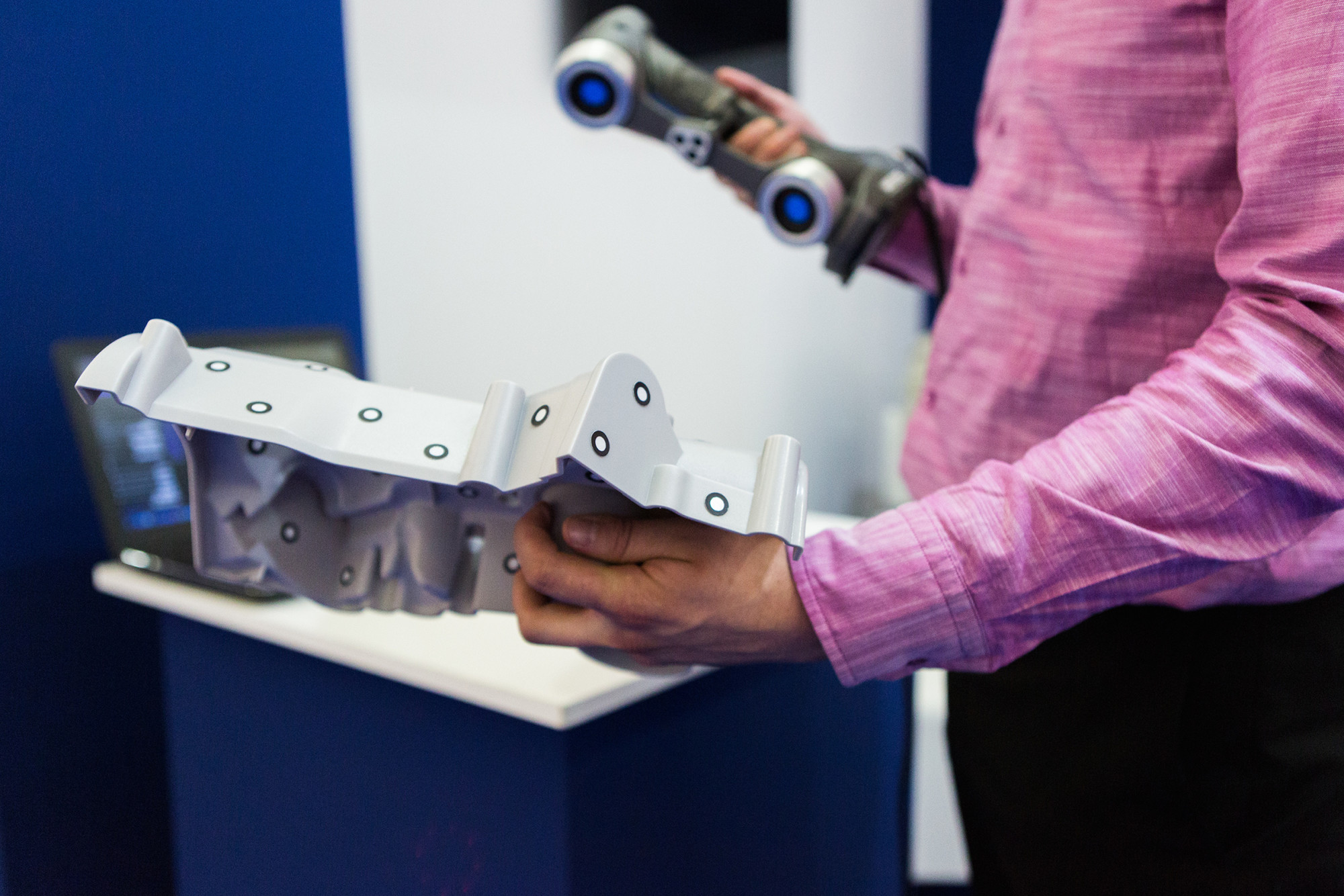
Do you need a 3D scanner for school or work? How do you know the scanner you picked works for your specific needs?
Before you look for 3D scanners, it’s important to know what you should look for. Certain factors can determine the quality of the final image. Each factor can affect whether you can print the image with a 3D printer.
Not sure what to look for? Don’t fret, we’ve got a guide for you. Read on to learn everything you need when buying 3D scanners:
1. Types of 3D Scanners
Not all 3D scanners use the same technology. For the general public, you have two options to consider purchasing:
- Structured light scanners
- Laser scanners
Structured light 3D scanners throw patterns of light and shadows on an object. These patterns often look like alternating bars. The scanner then detects how these patterns distort over an object to scan its shape and texture.
Laser scanners use a similar technique but instead of patterns, they use millions of laser points and triangulation technology to map the object’s surface.
On one hand, laser scanners are faster but they require multiple scans and they don’t scan accurate edges. Structured light results in better edges but they struggle with complex texture.
2. Resolution Matters
The resolution of the scan can greatly affect how you’ll use the final image. You don’t need high resolutions if you plan to reverse engineer a large object, like a dining table.
You will need high-resolution scans if you’re going to 3D print a miniature item, like a miniature figure for Dungeons & Dragons or a flower vase with intricate engravings. This desktop 3D scanner can produce 0.05mm resolutions on a single scan, making it ideal for objects with a lot of detail.
3. Consider Texture and Color
Do you need a 3D scanner that can accurately capture color? Do you need one that prioritizes texture? It’s almost impossible to get both on a single 3D scanner so you’ll have to weigh which one is more important.
Better texture requires higher-resolution scanning. If you want more accurate colors, you should go for a scanner that uses structured light.
4. Looking at the Price Range
The prices for 3D scanners vary depending on the power and accuracy you need. You can find 3D scanners as low as $500 and then you’ll also spot industrial scanners for over $150,000. There are even more exceptional ones meant only for professional medical research, scientific study, or for big-budget Holywood movies.
You could work around this by getting a smartphone that offers 3D scanning but this doesn’t save you much. We’ll tackle this more in-depth below.
5. Don’t Forget Scan Volume
Before you buy a 3D scanner, check its minimum and maximum scan volume. Some scanners can accurately scan objects as small as a few inches and as big as 3 feet. If you get a handheld scanner, you might be able to properly scan large furniture.
Don’t forget to consider this restriction because it dictates the size of objects you can and can’t scan! If you have to scan large objects, you should go for the best handheld 3D scanner since it isn’t locked into one place.
6. Know the UI
This is where most people struggle — some scanners offer high resolution, higher scan volumes, and better accuracy but are near-impossible to use. The fault often lies with the complexity of the User Interface (UI). Don’t purchase a 3D scanner without first checking its software and UI.
Look for a scanner that features an intuitive and user-friendly UI. You shouldn’t need a giant manual to figure out how to do the basic scans. If you can’t understand the UI or conduct a scan as easily as you want, it’s time to look elsewhere.
What features should you look for in the UI?
First, you shouldn’t have to struggle to start a scan. You should also be able to quickly make adjustments to the resolution. Make sure you can easily connect the scanner to a printer too.
7. 3D Printing Compatibility
Not everyone needs a 3D scanner to print things. Some use them for educational purposes or research. However, if you do plan to print, make sure your scanner works with your printer.
There’s no quick solution to determine compatibility. It all depends on specific device drivers and manufacturers. It’s best to look for a high quality 3D scanner from a manufacturer that also sells a 3D printer.
Another option is to purchase a scanner with universal compatibility. This doesn’t mean they’ll work for all printers but there’s a chance they’ll work for most of them.
8. What About Phones?
Phones, like the Samsung Galaxy Note 10, offer 3D scanning. However, there is a lot to consider before you rely on a phone.
Consider the price point of a high-end smartphone.
The Galaxy Note 10 costs a little over $1,000 but hardly any of the manufacturing costs went into its 3D scanning capabilities. Like any smartphone, the priority is for its processing, cameras, screen quality, and communication capabilities.
Manufacturers don’t make smartphones as prime 3D scanners. The ability to perform 3D scans is more of a bonus than a priority.
Also, keep in mind that phones use photogrammetry instead of genuine 3D scanning. They require dozens or even hundreds of photographs before they can calculate and create a 3D image.
Don’t rely on smartphone 3D scanners unless you have no other option. If you want a mobile scanner, get something like the handheld structured light EinScan products instead.
Discover More Tech Guides Today!
Keep in mind there’s no one-shoe-fits-all 3D scanner. The best 3D scanner depends on your needs and intended results. Don’t hesitate to go back to this list and determine which 3D scanners suit your needs.
If you’re looking for more great tech tips, we’ve got you covered. Check out more of our articles and read up on the latest guides. Discover more tips and tricks today!

